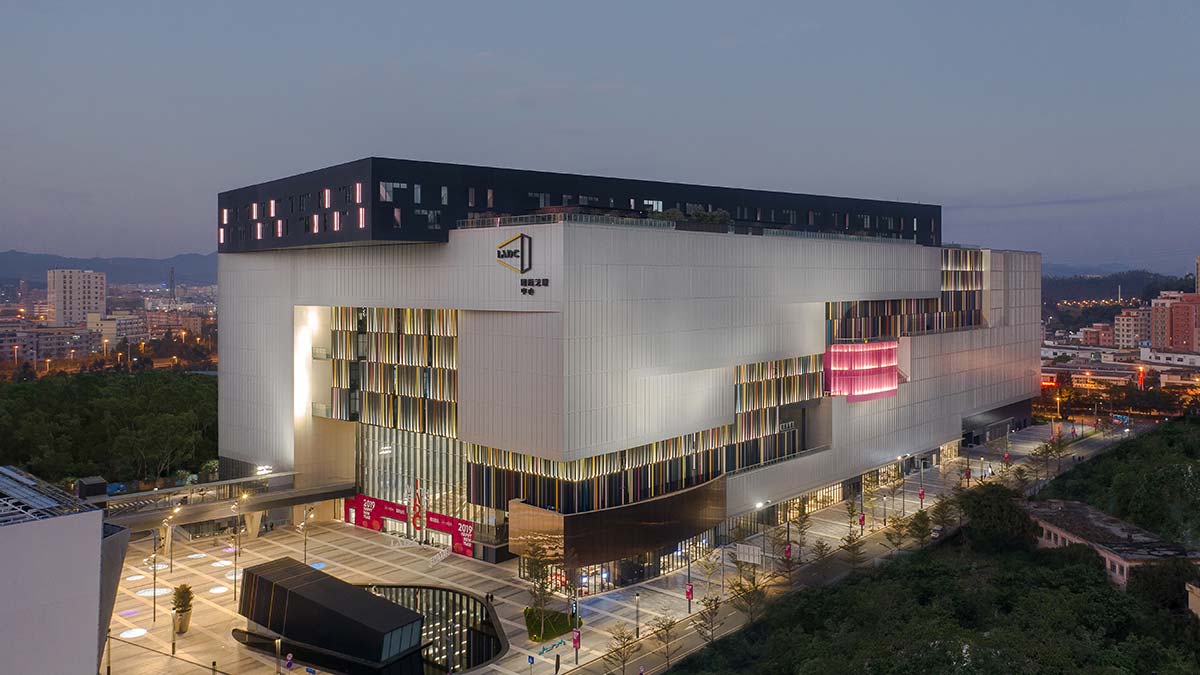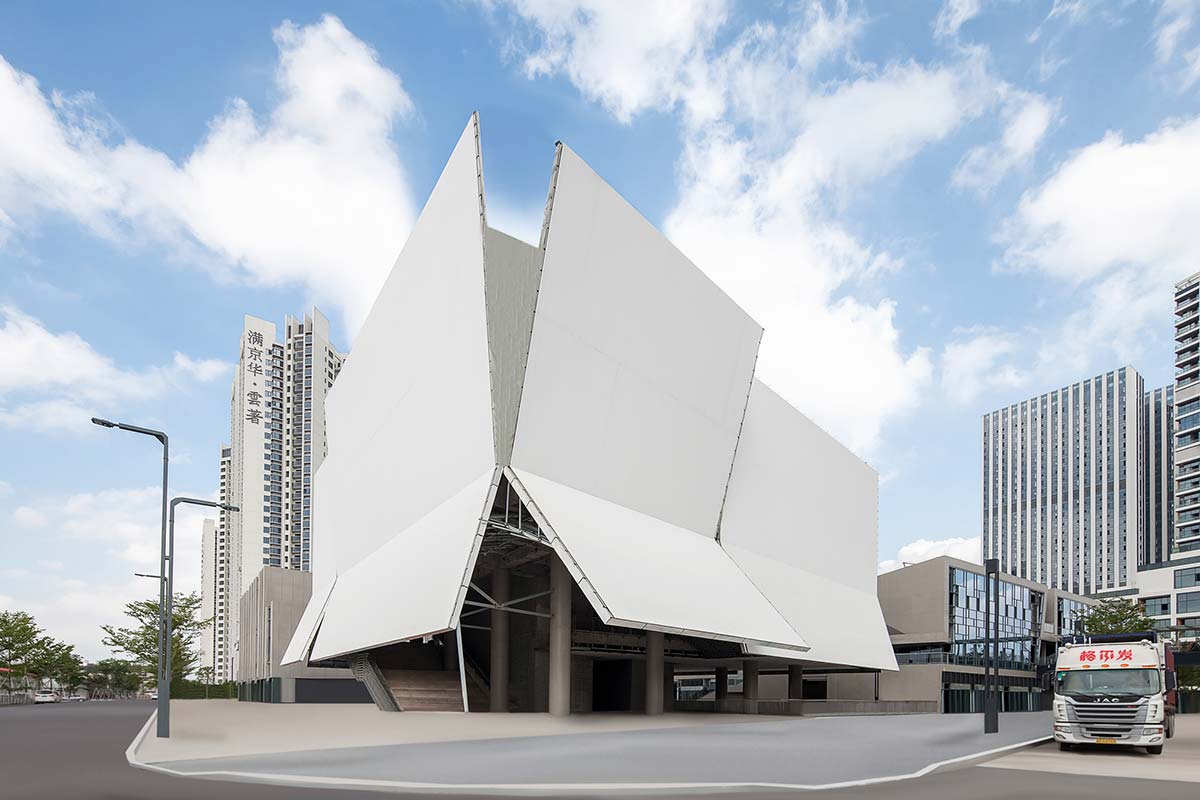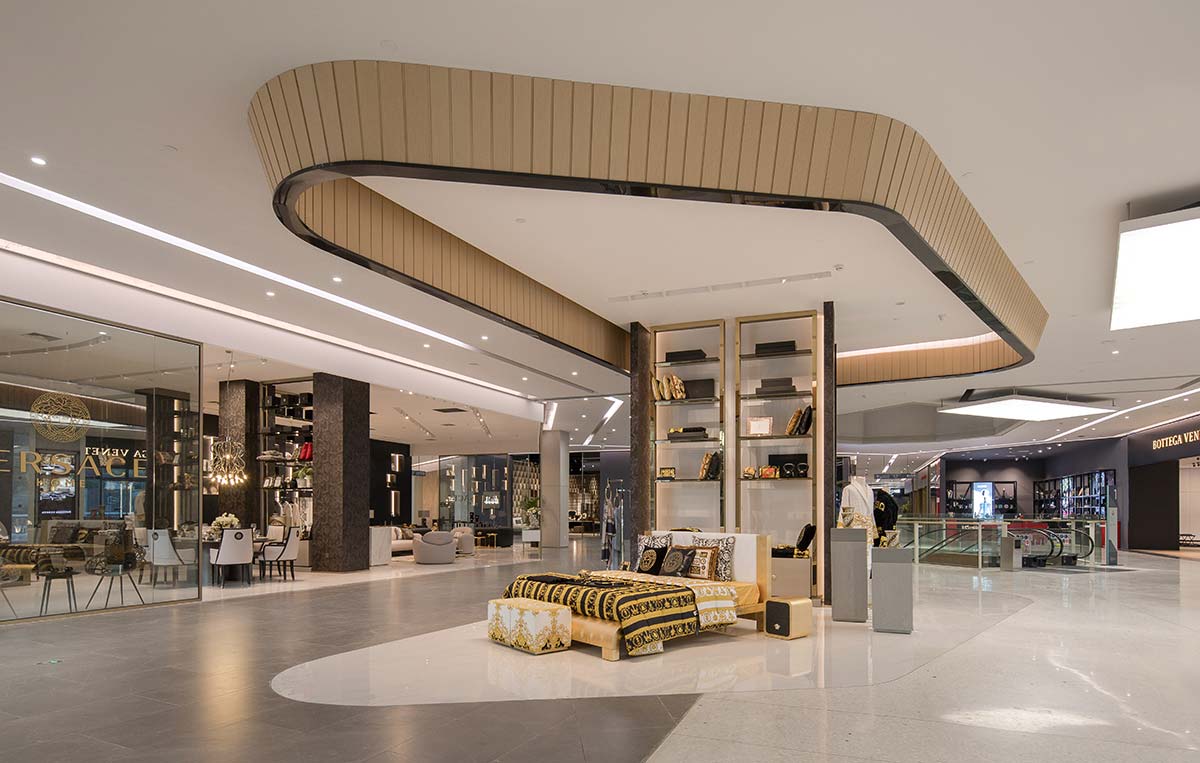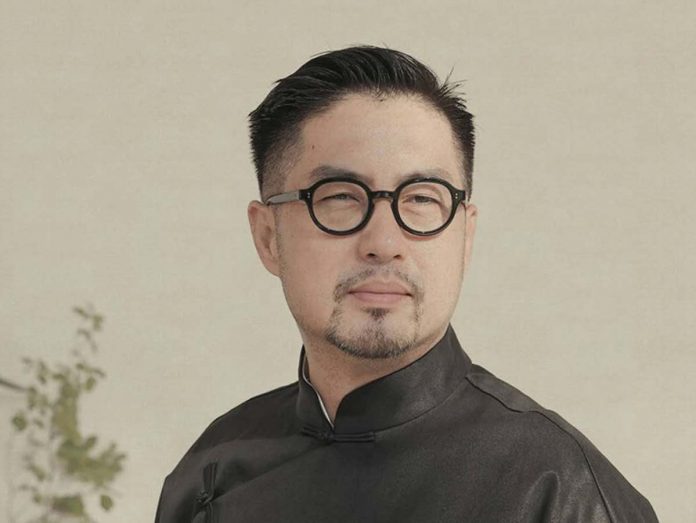Thanks to a partnership with FederlegnoArredo Eventi, 50 showrooms of Italian brands have found an exclusive showcase here, in a setting where design, art and culture combine to offer a complete experience of creativity. Additions, new collaborations and the opening (on 23 November) of the new iADC Museum are part of a process of development aimed at making the center a reference point for design in southern China. We talked about present, past and future with the artistic director of the center, Robin Fang.

What are the opportunities iADC offers to Italian and international companies?
The top players in furniture already have many points of sale in China; together with FederlegnoArredo Eventi we have conducted research in order to make contact with other brands renowned for their quality and their design, but requiring support to find a channel of distribution in the territory. During the Salone del Mobile in Shanghai and the upcoming Salone in Milan in April, we plan to look for new companies on the second and third levels, to increase the showroom spaces and to above all intercept more specialized brands, even if they are smaller, in order to widen the offerings of specific product categories, from decoration to accessories. This is undoubtedly a new demand arriving from the Chinese market. Over the last month we have signed some important contracts with associations of Chinese designers and architects, who at iADC can find a point of reference for complete interior design solutions.

So the cooperation with FederlegnoArredo Eventi continues: how did this project begin?
We had the good fortune of getting to know the federation and FederlegnoArredo Eventi, and of meeting Roberto Cuneo during the Salone in Milan two years ago. Since then we have begun to study the project together: it was not easy, and there has been great effort on both sides. Finally, one year ago we signed a partnership pact and created a large space (30,000 square meters on the first two levels of the Center) where the brands of Made in Italy have the possibility of gaining maximum visibility, outside the confines of Italy.
What is the visitor target of the Center?
First of all designers, architects, and above all interior designers: we are focusing on specific studios that use Italian furnishings, for the most part, in high-level projects. Second, the target includes the Chinese middle class: over the last 30-40 years economic growth in China has led to the creation of a middle class that is not satisfied just to buy a house, but wants to create a lifestyle, and Made in Italy still has the best quality, which also means passion and attention to detail. The third category is the world of real estate. China is going through a major transformation, through the phenomenon of urbanization: new immigrants are moving from the country to the city, and the first necessity is to find a home; the government has even launched new regulations to urge large real estate companies to sell already furnished apartments and houses. For us, this is a great opportunity to come into contact with contractors.

What type of display spaces are involved?
The showrooms, on 11 floors, range from 100 to 500 m2, depending on the brands and the size of the collections on view. Armani/Casa, for example, has a space of 550 m2, the brand’s largest store in Asia. “La Galleria” is for Italian brands (about 50 in all), on the first and second floors, but we are considering expanding to the third floor as well, now occupied by American and northern European brands.
Besides design, the mall focuses on art and culture. How are these aspects promoted?
Every month we organize an important event on the theme of design, and we make space available to design associations on a national level, who come here for their assemblies.
The new development this year is the opening of the iADC Museum, close to our mall, which officially opens its doors on 23 November. The first exhibition is on the 70 years of Kartell; given the importance of the brand in the history of Italian and international design, it seemed like an ideal way to open the museum, and to celebrate the first year of activity of iADC.

Why wager on Shenzhen?
Because it was the first city to be part of the Special Economic Zone in China, which facilitated economic development, 30 years ago; and now it has become the third metropolis in China, after Beijing and Shanghai. It has an advantageous geographical position, on the sea, with positive influence from nearby Hong Kong. It is a young city, with an average age of 37, corresponding to 80% of the population: 30 years ago it had 30,000 inhabitants… now it has 17 million!
Another significant aspect is that Shenzhen was designated as a Creative City by UNESCO in 2008: over 500,000 designers and creative professionals are at work here, and there is extensive local production of furniture. This is the context of the opening, three years ago, of a new facility of Istituto Marangoni here in Shenzhen, on which I collaborated. In the last 30 years the city has thus gained remarkable experience in design, but also in fashion and high technology; in fact, it is considered the new Silicon Valley.







